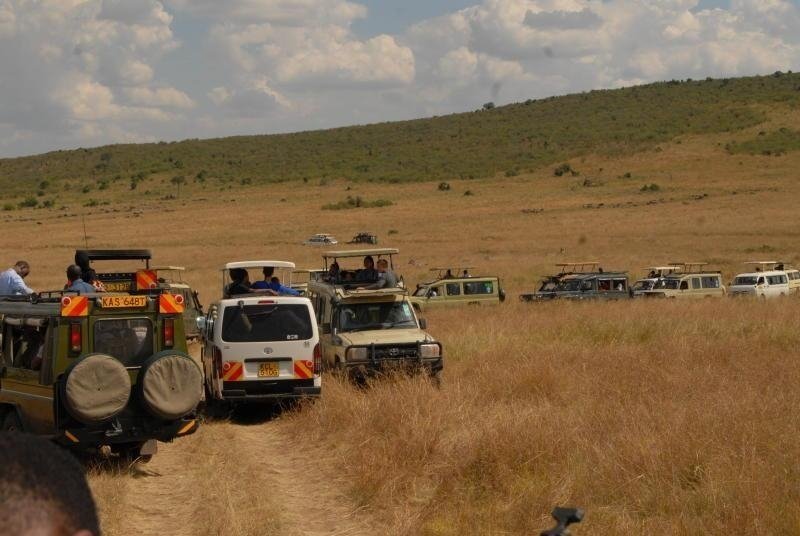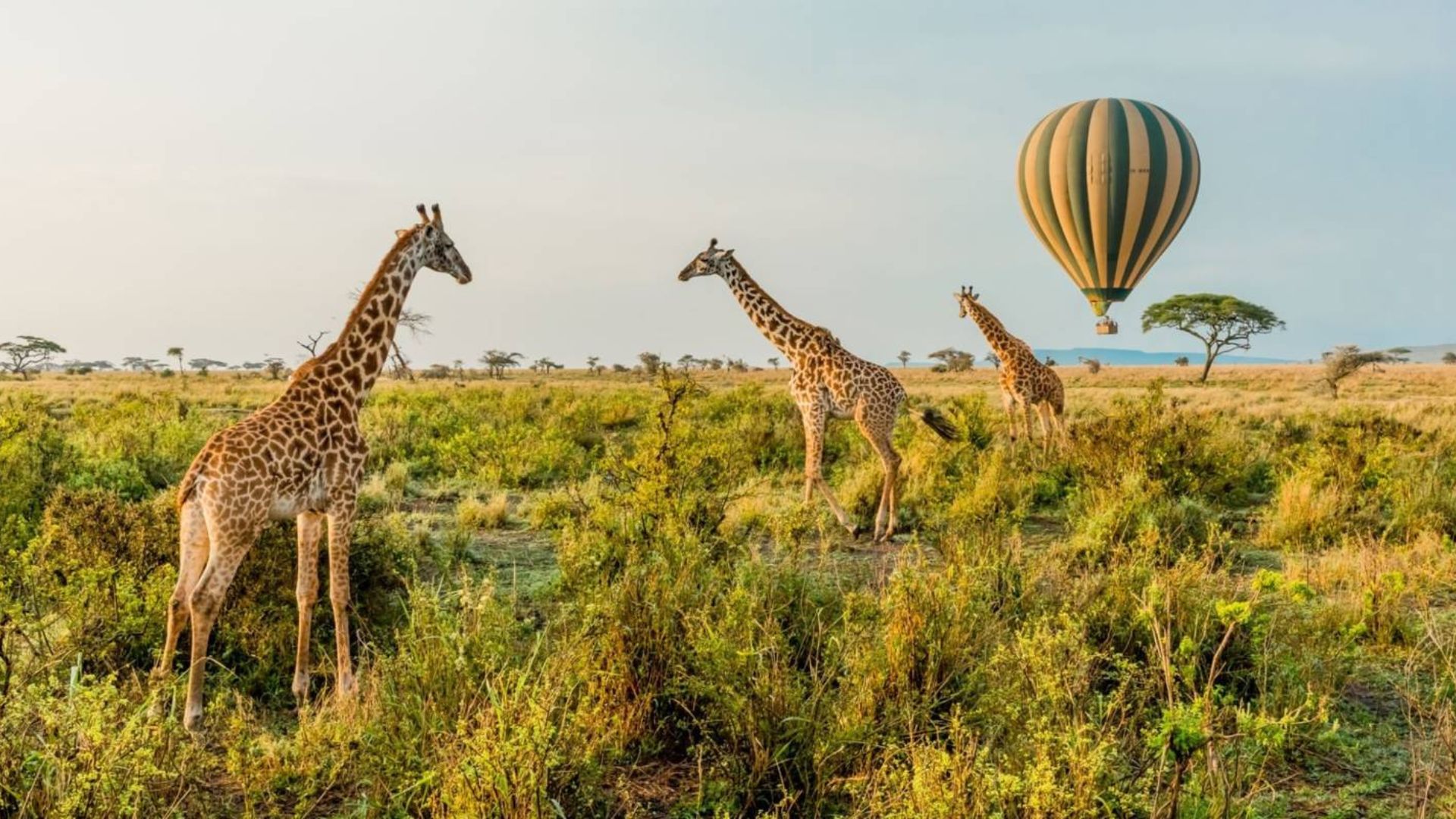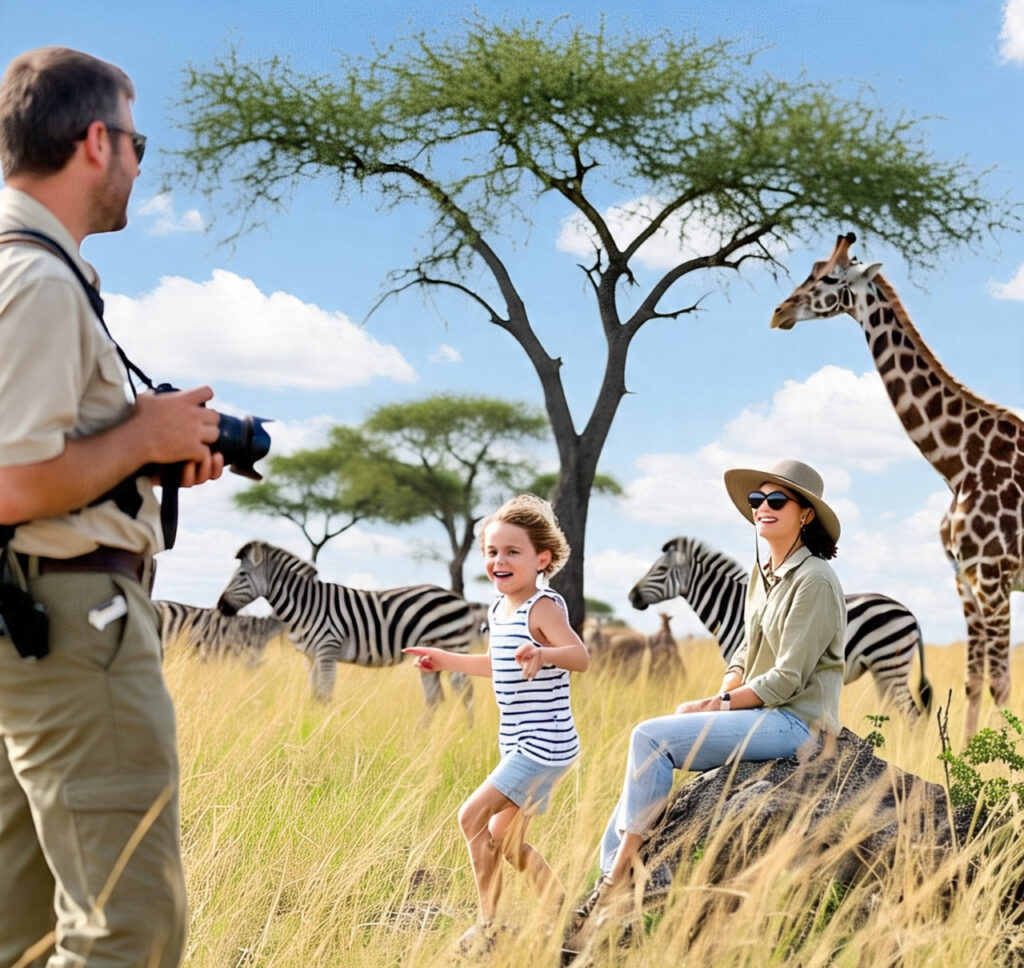The Wildebeest Safari
Tourists in Droves
Every year, the vast plains of the Serengeti and Maasai Mara become the stage for one of nature’s most awe-inspiring performances—the Great Wildebeest Migration. But in recent years, this ancient spectacle has drawn not only predators and prey, but also an overwhelming surge of human spectators. Tourists in droves now flock to witness the drama of wildebeest river crossings, the birth of calves, and the relentless chase by lions and crocodiles.
While the migration remains a bucket-list experience, the sheer volume of safari vehicles—sometimes numbering over 150 at a single crossing point—has begun to alter the very rhythm of the wild. Guides report scenes where wildebeest are unable to access traditional paths due to vehicle blockades, forcing them into dangerous detours or causing fatal panic. The irony is stark: the desire to witness nature’s purity is, in some cases, disrupting it. Yet, not all is bleak.

Responsible tourism initiatives are gaining traction, with some operators enforcing strict codes of conduct, limiting vehicle numbers, and educating travelers on ethical wildlife viewing. The challenge lies in balancing the economic boon of tourism—which funds conservation, supports local communities, and raises global awareness—with the urgent need to preserve the integrity of the migration itself.
For travelers, choosing eco-conscious safari companies and respecting wildlife space isn’t just courteous—it’s crucial. The wildebeest safari is a privilege, not a right, and as tourists in droves continue to arrive, the future of this majestic migration depends on how we choose to engage with it.











